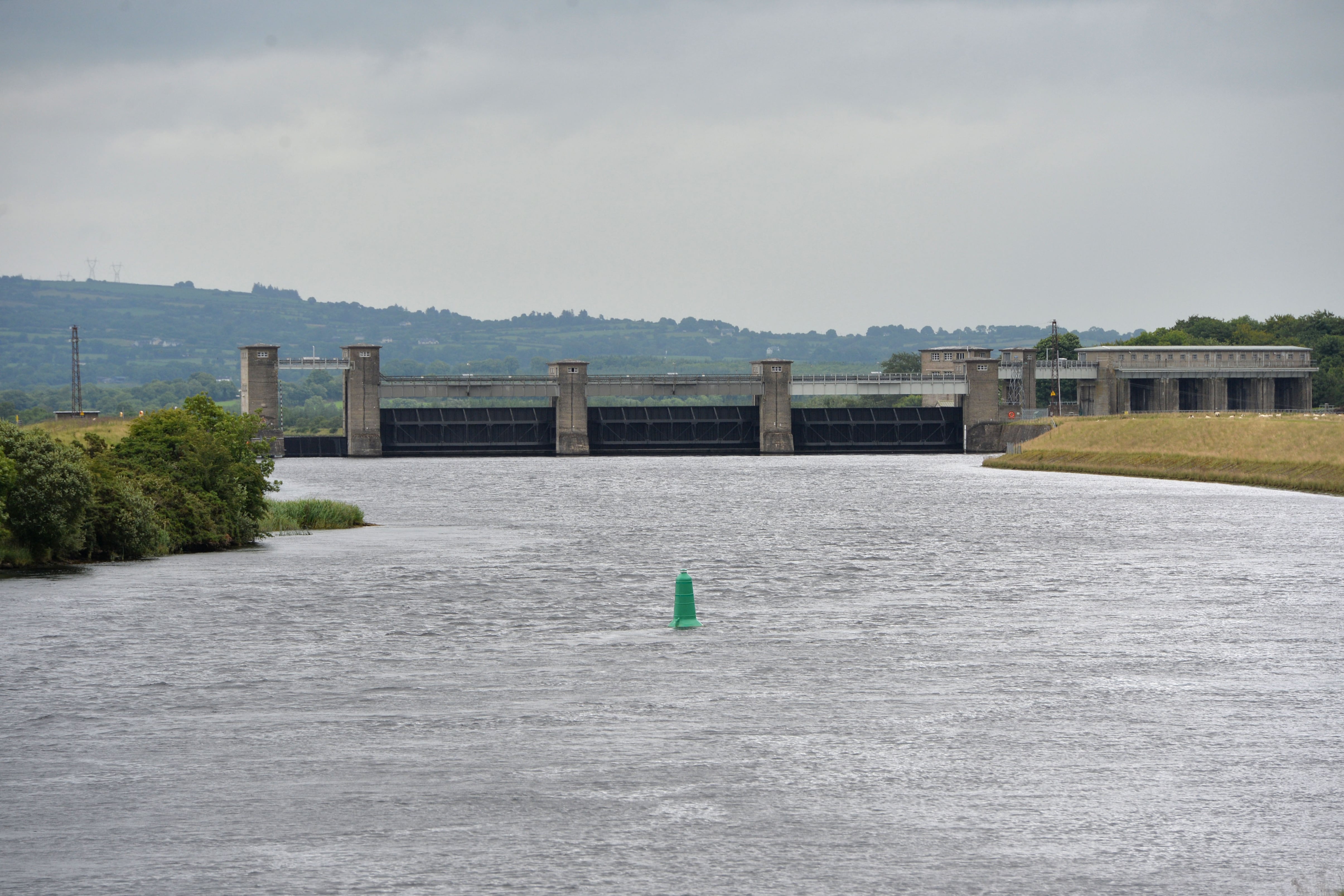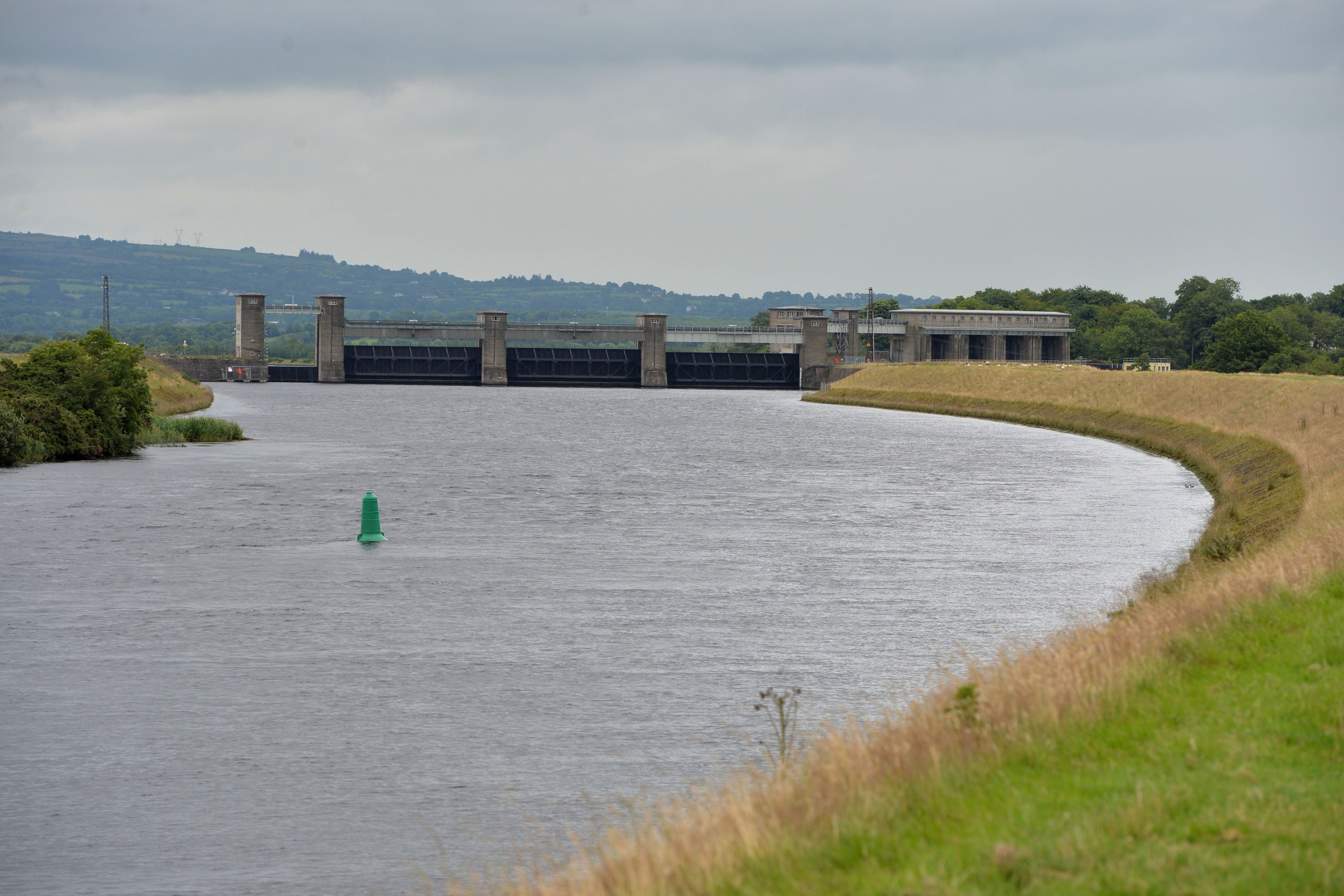Too many public water supplies still lack robust treatment measures to guarantee their long-term resilience and safety, the Environmental Protection Agency (EPA) has warned, with almost 500,000 people being served by 58 “at-risk” supplies.
The warning comes in its annual report on public water supplies for 2022 released on Tuesday. The number of people served by supplies on its remedial action list (RAL), which identifies “at-risk” supplies requiring improvements to safeguard public health, increased to nearly 481,000 — up from 374,000 at the end of 2021.
Persistent THM (trihalomethane) failures were detected at supplies serving 235,000 people, doubling the population affected since 2021, while “the cumulative risk from lead in our drinking water continues, with insufficient progress reported for 2022″.
[ Uisce Éireann convicted of water pollution offencesOpens in new window ]
[ Water warning issued to several counties including Dublin and CorkOpens in new window ]
THMs are chemicals arising from naturally occurring dissolved organic material in water and chlorine used in disinfection —long-term exposure poses a health risk.
READ MORE
The report shows, however, more than 99.7 per cent of public water supplies comply with bacterial and chemical limits, “which means our public water is safe to drink”.
EPA director Tom Ryan said: “Our public water quality remains very high, which means the public can be confident that the drinking water supplied to their homes is safe to drink.”
However, the EPA through its inspection and monitoring programme, continues to identify plants at risk and requiring improvements and upgrades. “Uisce Éireann needs to prioritise investment in those plants to improve the resilience of drinking supplies, to provide a safe and secure supply into the future,” he said.
Construction of a new plant at Lee Road in Cork serving almost 100,000 people in the city and its removal from the RAL represents significant progress in 2022, said the EPA. Strategic progress had also been made in areas such as disinfection and making lead remediation grants easier for the public to access.
Greater effort is needed by Uisce Éireann to implement improvements at supplies to minimise exposure to THMs, including at major supplies such as Limerick city and the Barrow supply in Kildare, it added.
“Lead in our drinking water is a cumulative risk to human health. Progress to remove lead from our drinking water supply networks, public buildings and affected homes is far too slow,” said EPA programme manager Noel Byrne. “Leadership is required at national level to address lead in public supplies. Uisce Éireann must accelerate the rollout of their lead mitigation plan and Government departments must outline their plan for lead replacement in public buildings as part of the National Lead Strategy.”
In 2022, boil water notices affected 182,000 people; a slight improvement since 2021. One-third of boil water notices were in place for more than 30 days.
The EPA has called on Irish Water to progress action programmes for all RAL schemes to ensure they are free of bacteria; protozoan organisms and chemical substances (trihalomethanes and pesticides). Drinking water safety plans must be in place for supplies “across their entire portfolio of water treatment infrastructure to determine the highest risks and to better direct investment”, it underlined. It issued 14 directions [legally-binding instructions] to the utility last year.
[ Water workers to strike over transfer of staff to Uisce ÉireannOpens in new window ]
[ Sewage discharge into Nenagh river shut off by Uisce Éireann after EPA inspectionOpens in new window ]
Uisce Éireann defended its performance and confirmed it invested more than €500 million in drinking water infrastructure in 2022. It noted Ireland’s public drinking water supplies “remain among the best in the world”.
“This is a result of the ongoing high level of investment and improved operational measures being implemented by Uisce Éireann,” it added. Many of the risks to drinking water came to light due to more robust testing, sampling and operational control measures it had put in place.
Last year, 11 supplies were removed from the RAL following completion of remedial actions, and it removed and replaced about 10,000 lead connections, it confirmed.
“We recognise that challenges remain in addressing all the issues associated with our ageing water infrastructure,” said Uisce Éireann’s head of asset operations Tom Cuddy.
“It will take a number of years and sustained high levels of investment to address all these legacy issues, but we are confident that our ambitious capital investment programme will enable us to transform Ireland’s water services and ensure a safe, sustainable, secure and reliable drinking water supply.”
The EPA report and list of water supplies on its RAL, including details of proposed remedial measures and timeframes, are available at epa.ie













